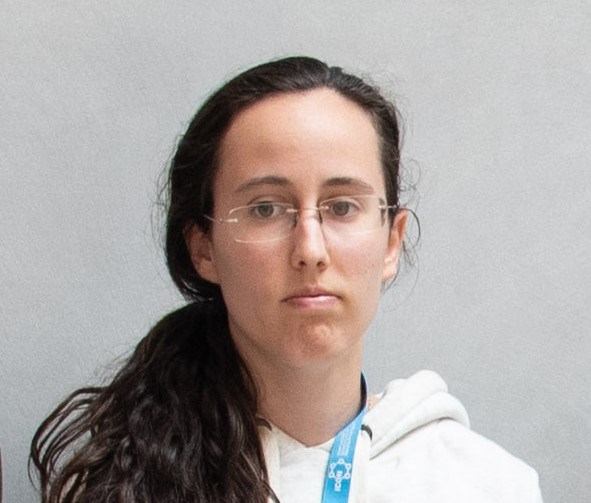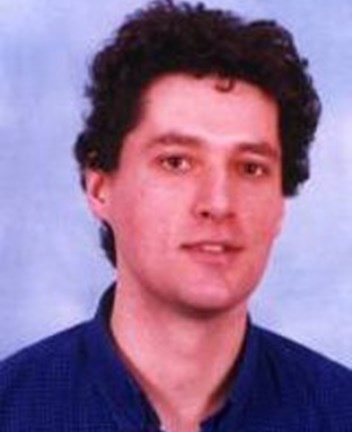The detection and localization of structural damage with sensor networks will prevent catastrophic bridge collapses, reduce inspection costs while providing increased public safety, assist with infrastructure maintenance, help design appropriate retrofit measures, safeguard modifications to existing infrastructure, improve seismic risks assessment, assess load carrying capacity, assist with emergency response efforts by informing evacuation and traffic control. Concrete strain gauges cost $15k/sensor which amounts to $1.3M for the 86 SHM sensors of the Bill Emmerson Memorial Bridge. In contrast, the graphite/silicone sensors of our pressure imager cost ~10 cents/sensor. Therefore our project will not only reduce sensor cost but also allow these sensors to be massively arrayed for a fraction of the cost of current concrete strain gauges. This project offers scope for advancing fundamental knowledge in tunnelling transport through flexible potential barriers and translating this knowledge to making innovative sensors. The student will be expected to publish the chemical processes involved in the making of tunnelling trilayers in material chemistry journals such as Advanced Materials. Tunnelling properties and the mechanoreceptor response will be published in physics journals. Strain imaging in construction material will be published in structural engineering journals. The student will acquire valuable training in nanotechnology, materials chemistry which will be enriched by interactions within the multidisciplinary network forged by the supervisor.

No short bio is not available for this team member yet.

Dr Alain Nogaret investigates graphene-silicone conductors which he has demonstrated to form a flexible material with active electronic properties. Following the description of negative differential resistance phenomena [S.Littlejohn et al. Adv. Mat. 23, 2815 (2011)], he has demonstrated flexible amplifiers, oscillators as well as the potential for these oscillators to be used as electromechanical sensors mimicking mechanoreceptors in the skin [S.Littlejohn et al., Adv. Func. Mat. 23, 5398 (2013)]. ARN has written an invited review on this topic [A.Nogaret, J.Appl.Polym.Sci DOI 10.1002/app.40169 (2014)]. He has also engineered graphene composites for imaging pressure and shear stress (DSTL X1000074171 & DSTL X1000082788) and conceived novel microflow sensors consisting of silicon microcavities in which he grew carbon nanotubes [Appl. Phys. Lett. 102, 233507 (2013)]. ARN has authored 101 peer reviewed publications on patent and 1 book.

Dr Dan Pantoş is an organic Chemist with interest in supramolecular and materials chemistry. His areas of expertise include anion sensing, phthalocyanine chemistry, small-molecule/DNA interactions, and the solution and solid-state chemistry of poly-aromatic molecules, having published over 40 papers in such areas (see e.g. H Y Au–Yeung et al Proc. Natl. Acad. Sci. USA 106, 10466, 2009; A. R. Stefankiewcz et al, Angew. Chem., Int. Ed. 50, 5725, 2011).

Prof Tim Ibell will provide expertise related to structural assessment and monitoring. Tim is President of the Institution of Structural Engineers, and is a Fellow of the Royal Academy of Engineering. He is interested in the realistic structural assessment of existing concrete bridges. He has a team of researchers looking at the use of fibre-reinforced polymers to reinforce and/or strengthen concrete structures. He leads research into fabric-formed concrete structures and into the use of polymeric façades for retrofit and blast resistance of structures. Tim and his team have been the recipients of five best journal-paper awards, including two from the Institution of Civil Engineers and three from the Institution of Structural Engineers.

Richard Ball will provide expertise in the structural and physical characterisation of Lime materials monitored. He has over 48 journal publications and is a Fellow of the Institute of Materials, Minerals and Mining, a Chartered Scientist, Chartered Engineer and Secretary to the West of England Metals and Materials Association. Recent research has been supported by EPSRC grants: GR/S87904/01, EP/D05320X/1, EP/I001204/1 and current work is supported by EP/K025597/1, experimentally verified atomistic modelling of lime in construction materials.